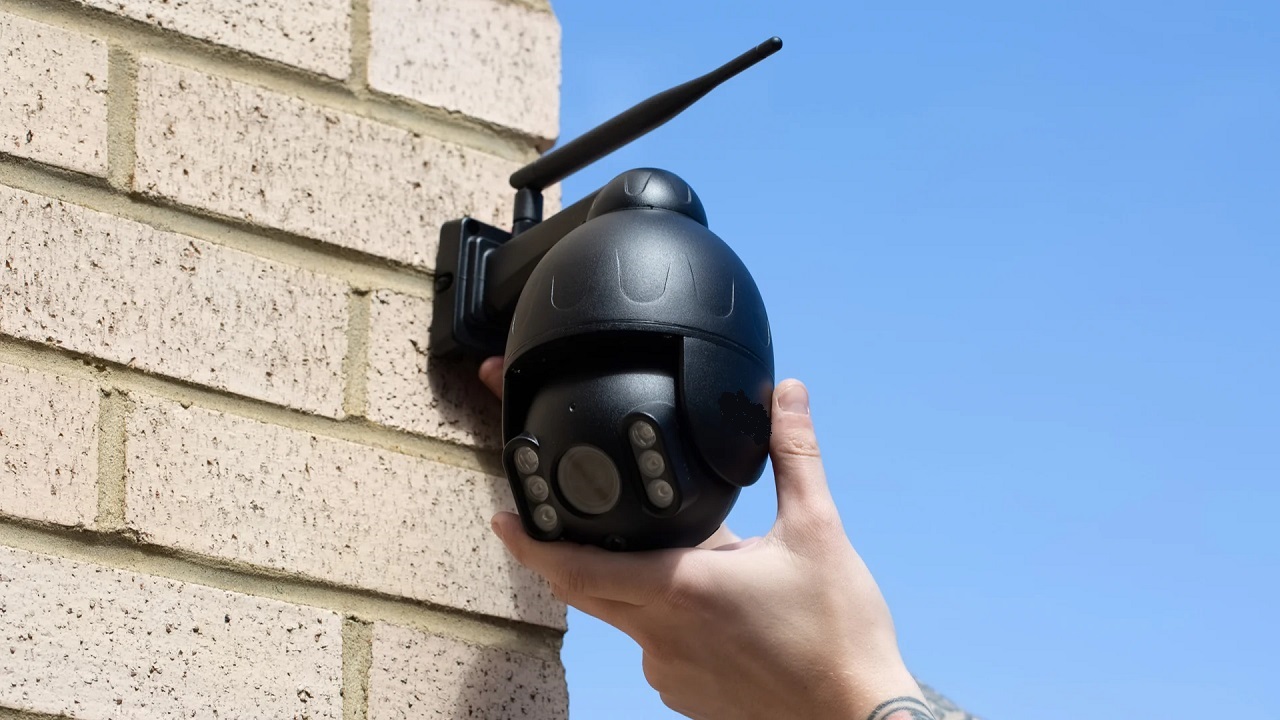The modern context in which technological innovations make surveillance more open and simple has resulted in the fact that the privacy of Wi-Fi security cameras has become a key issue. Having such features as 360-degree coverage, dual Wi-Fi modes, one-touch calls, smart motion tracking, and IR night vision, these cameras are the best choice, thanks to the unbeatable comfort and security they provide. They provide a chance to improve security, but if they are not used responsibly, they can also be exploited to breach boundaries. The dos and don'ts of using wireless security cameras with wi fi to protect your privacy are listed below.
Secure Your Network
Make sure your home network is secure before installing a Wi-Fi security camera. Enabling WPA2 or WPA3 encryption and creating a strong, one-of-a-kind password for your router and Wi-Fi network are two prudent ways to secure your home Wi-Fi. To reduce risks, make sure you regularly deploy security updates and upgrade the firmware on your router.
Implement Strong Authentication
Go ahead with two-factor authentication as long as it’s possible. This implies another layer of security. In this case, in addition to the password, a verification code, which is usually sent to your mobile device, is required before the camera is accessed or the settings are displayed.
Regularly Update Firmware
Make sure you always have the firmware of your Wi-Fi security camera up-to-date. Creators of software tend to publish updates to fix security flaws and increase speed. Enable automatic updates if the option is available, or carry out updates manually by yourself from time to time.
Enable Encryption
Make sure you enable the video feed encryption on your camera to prevent unwanted intrusion. Security cameras that can support encryption protocols such as SSL/TLS to encrypt the data transfer between the camera and the viewing device will be the best choice.
Monitor Access Logs
Do regular checks on the access logs that your camera's app or web interface may provide. Search for any abnormal login attempts or devices that are not known to you from which access has been gained, which could mean that someone has gained unauthorized access to your information. If you notice any abnormality, respond immediately.
Physical Security
Take into account the physical security of your Wi-Fi security cameras by locating them in good places where they become unreachable to tampering or theft. Install camera housings like camera covers or enclosures for cameras outdoors to protect them from the weather and vandalism.
Conclusion
You may have the extra safety and protection that you need for your home or place of business with Wi-Fi security cameras. Their use has many advantages, but we also have a responsibility to protect the privacy of the data that is being gathered. By following them, you may take advantage of the benefits of Wi-Fi security cameras and lower the likelihood of privacy infractions. Therefore, the formation of constructive approaches right away can help steer clear of privacy problems in the future.


